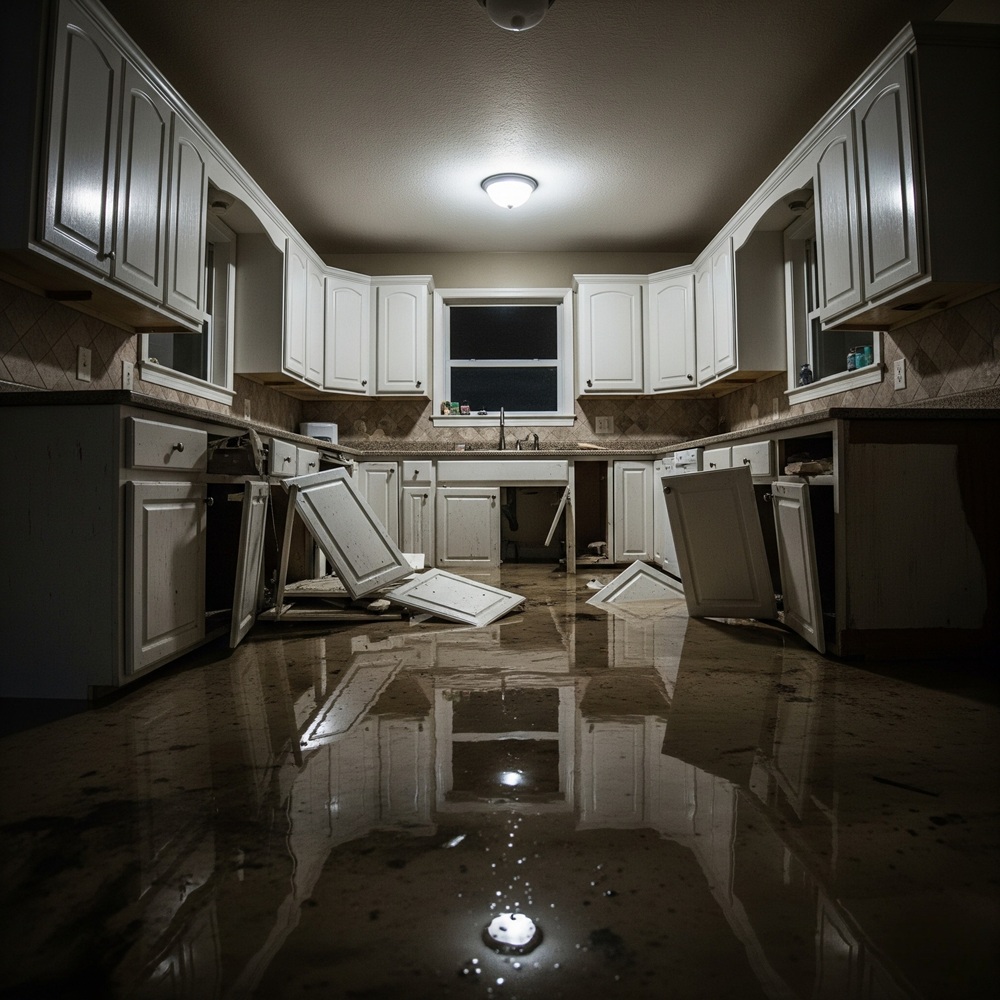While there's no single magic number, understanding the averages and the factors that influence them can help set realistic expectations.
The "Average" Payout: A Starting Point
According to various insurance industry sources, the average insurance payout for a water damage claim typically falls between $11,000 and $14,000. However, it's crucial to view this as a starting point and not a guarantee. This figure is an amalgamation of all types of claims, from minor leaks to significant structural damage. The final amount you receive will be a unique reflection of your specific circumstances.
Key Factors That Turn the Tide on Your Payout
Several critical elements will determine the final amount of your insurance settlement. Think of these as the dials that can turn your payout up or down:
The Source and Severity of the Damage: A clean water leak from a burst supply line that's caught quickly will result in a smaller payout than a widespread issue. The extent of the damage to drywall, flooring, and personal belongings is a primary driver of the cost.
The Type of Water: Not all water is created equal in the eyes of an insurance adjuster. There are three main categories:
Clean Water (Category 1): This comes from sources like overflowing sinks or broken water lines. It's the least hazardous and results in the lowest restoration costs.
Gray Water (Category 2): This is water from sources like washing machines or dishwashers. It may contain contaminants and requires more specialized cleaning.
Black Water (Category 3): This is the most serious and includes sewage backups or floodwaters. It's highly contaminated and requires extensive and costly remediation.
Your Insurance Policy: Your specific homeowners' policy is the ultimate rulebook. Key things to look at are your coverage limits (the maximum your policy will pay) and your deductible (the amount you pay out-of-pocket before coverage kicks in).
Location, Location, Location: The cost of labor and materials varies significantly by region, which will be factored into your repair estimates and, consequently, your payout.
What's Typically Covered (and What's Not) 📝
Most standard homeowners' insurance policies cover sudden and accidental water damage. Think of a pipe that unexpectedly bursts or a water heater that suddenly gives out.
However, there are some common exclusions to be aware of:
Gradual Damage: Leaks that have been happening over time, such as a slow drip under a sink that you haven't addressed, are often not covered.
Flooding: Damage from rising surface water, like a river overflowing its banks, is typically excluded from standard policies. This requires a separate flood insurance policy, which has an average payout of around $69,000, reflecting the severe nature of flood damage.
Sewer Backups: Water backing up from a sewer or drain is another common exclusion, though you can often purchase an endorsement to add this coverage.
Ultimately, the best way to understand your potential payout is to prevent the damage in the first place. Regularly inspect your appliances and plumbing, and know where your main water shut-off valve is. But if you find yourself in a watery mess, knowing these factors will help you navigate the claims process more effectively.


